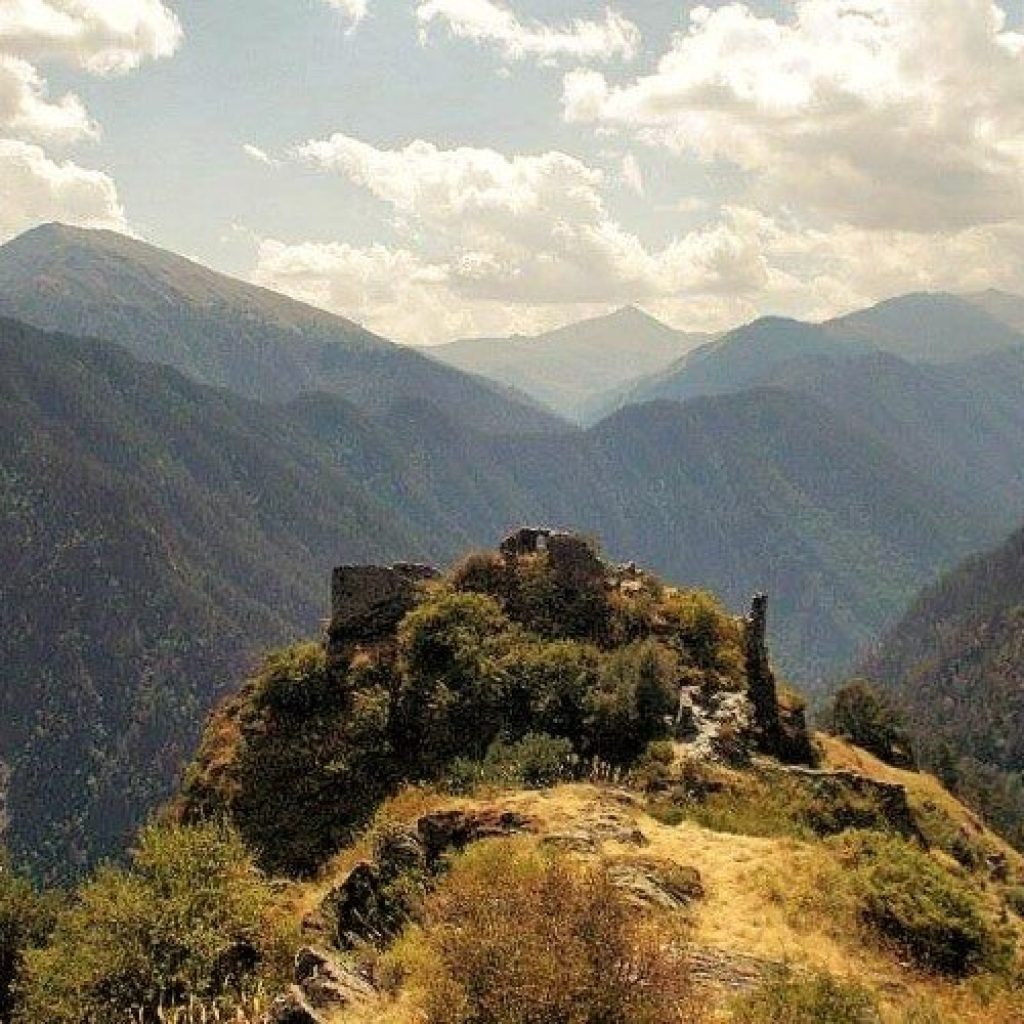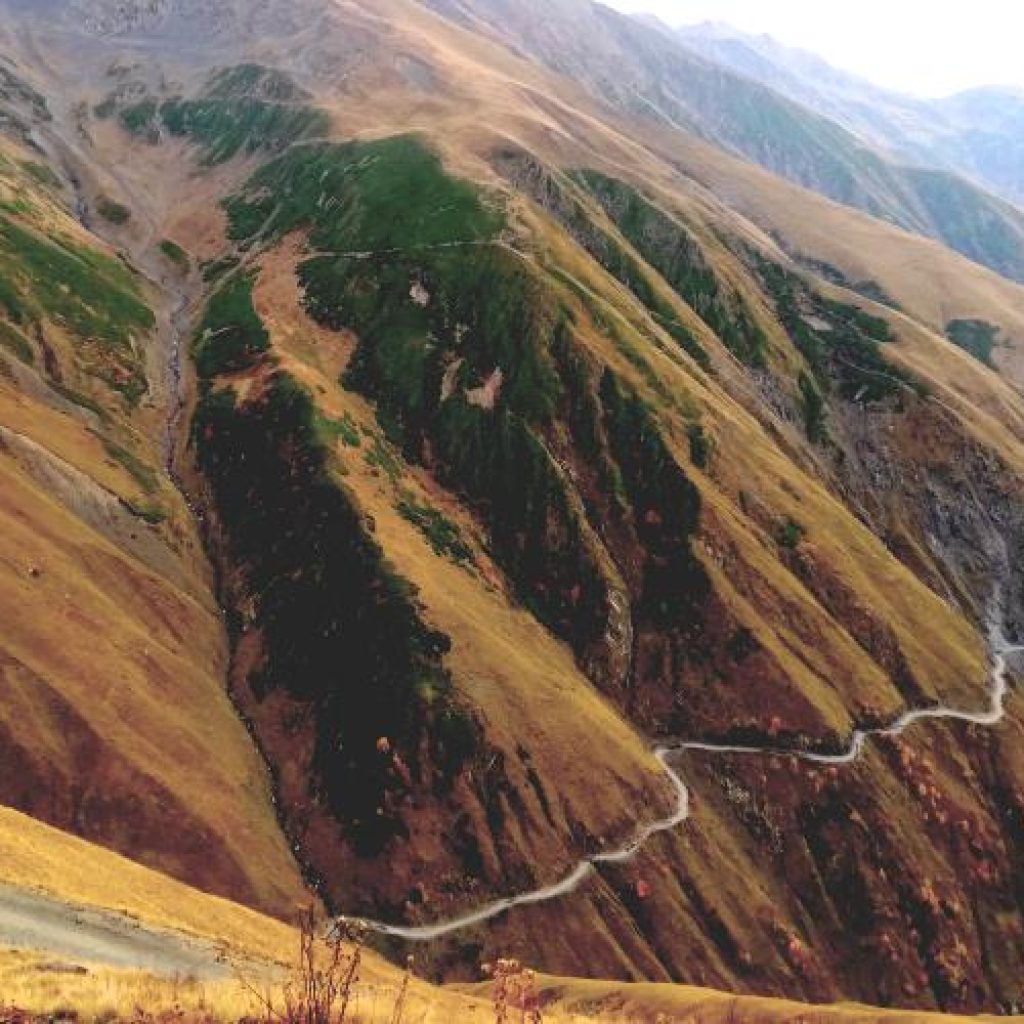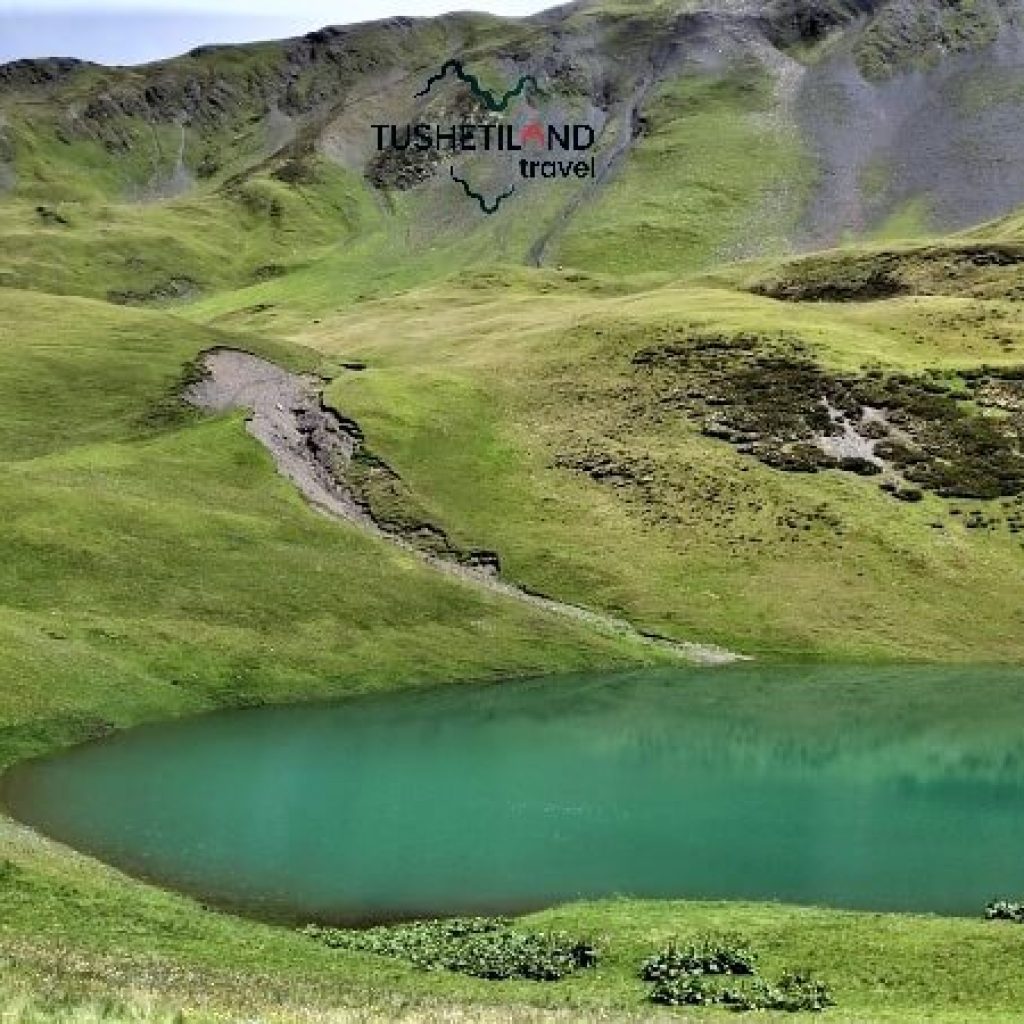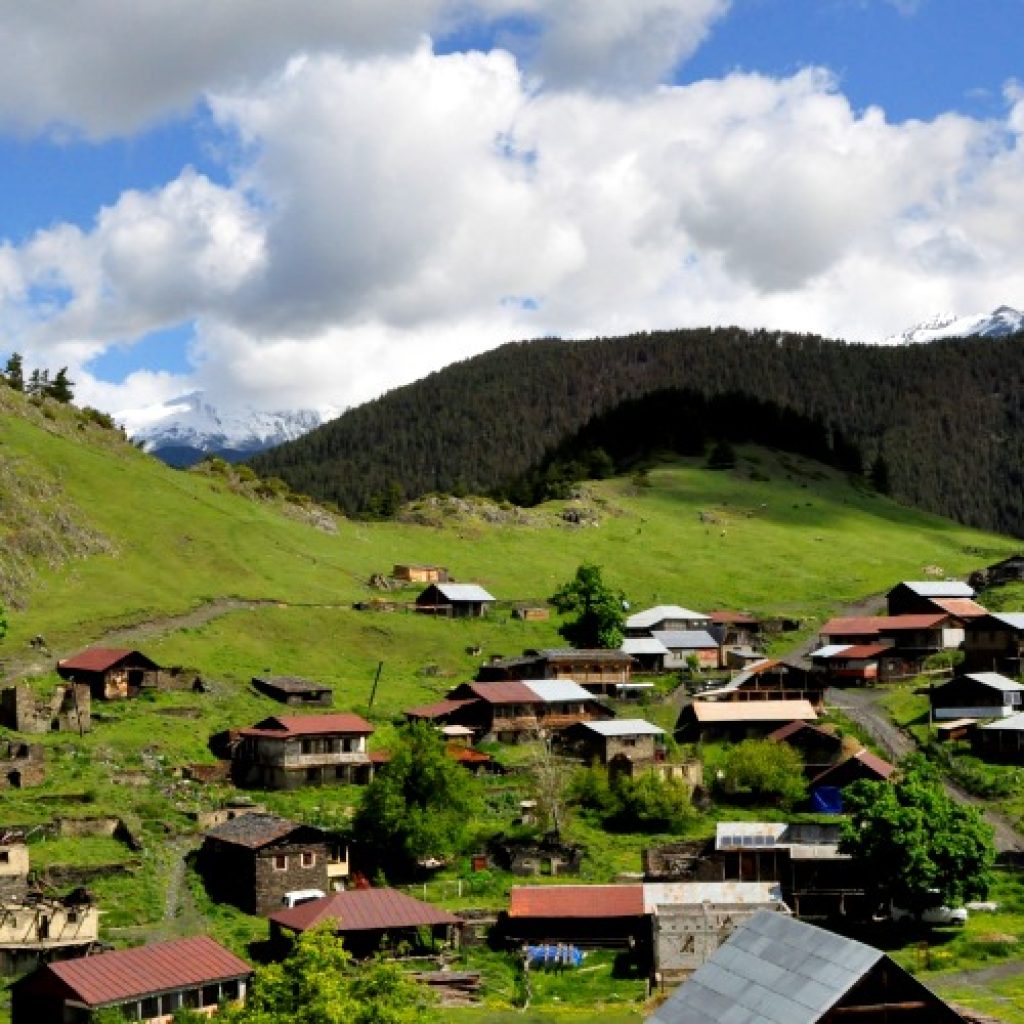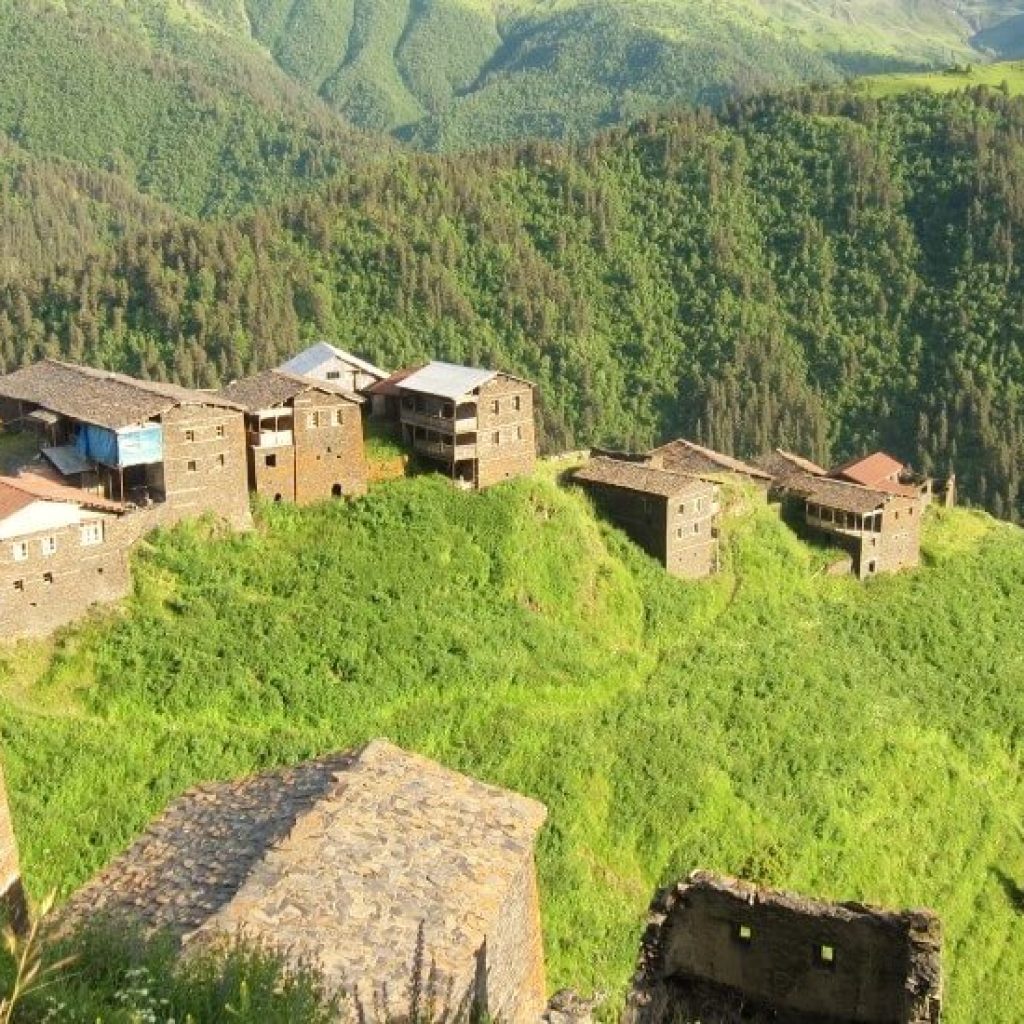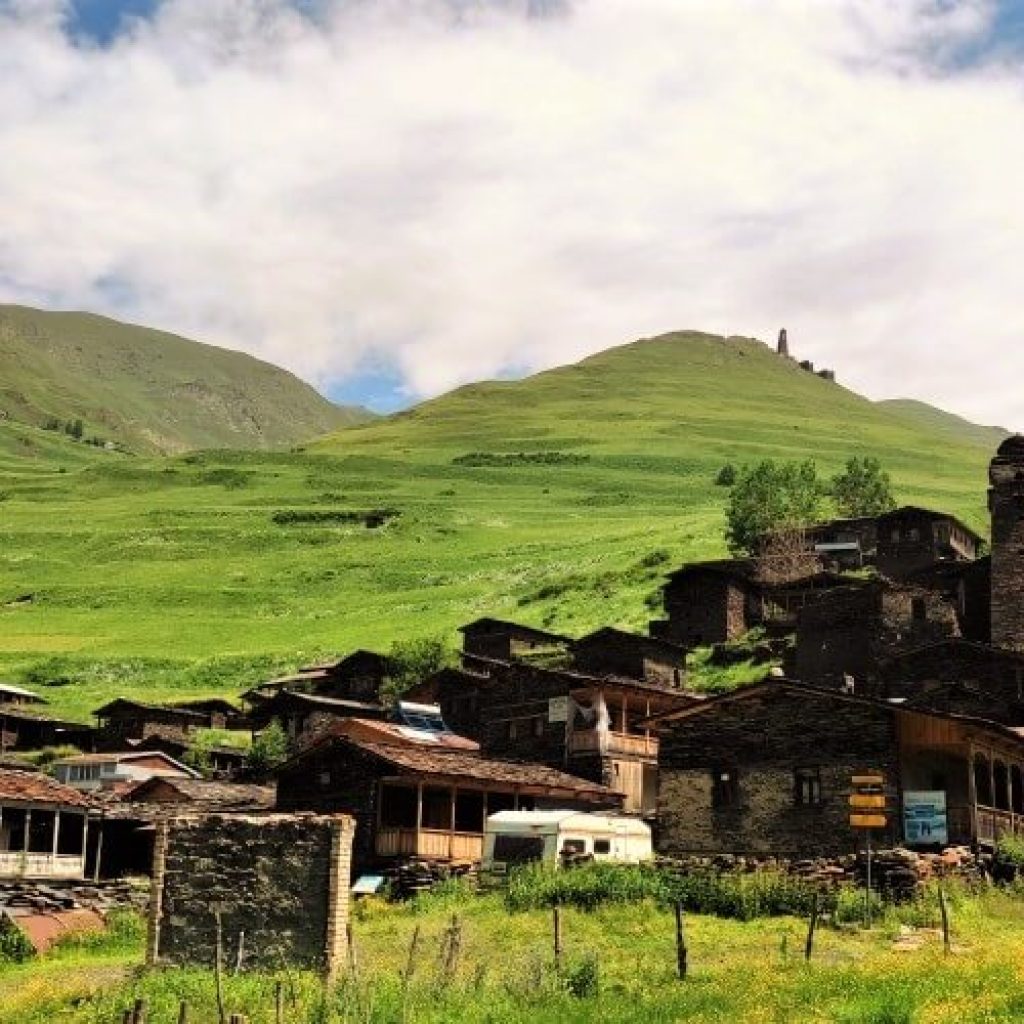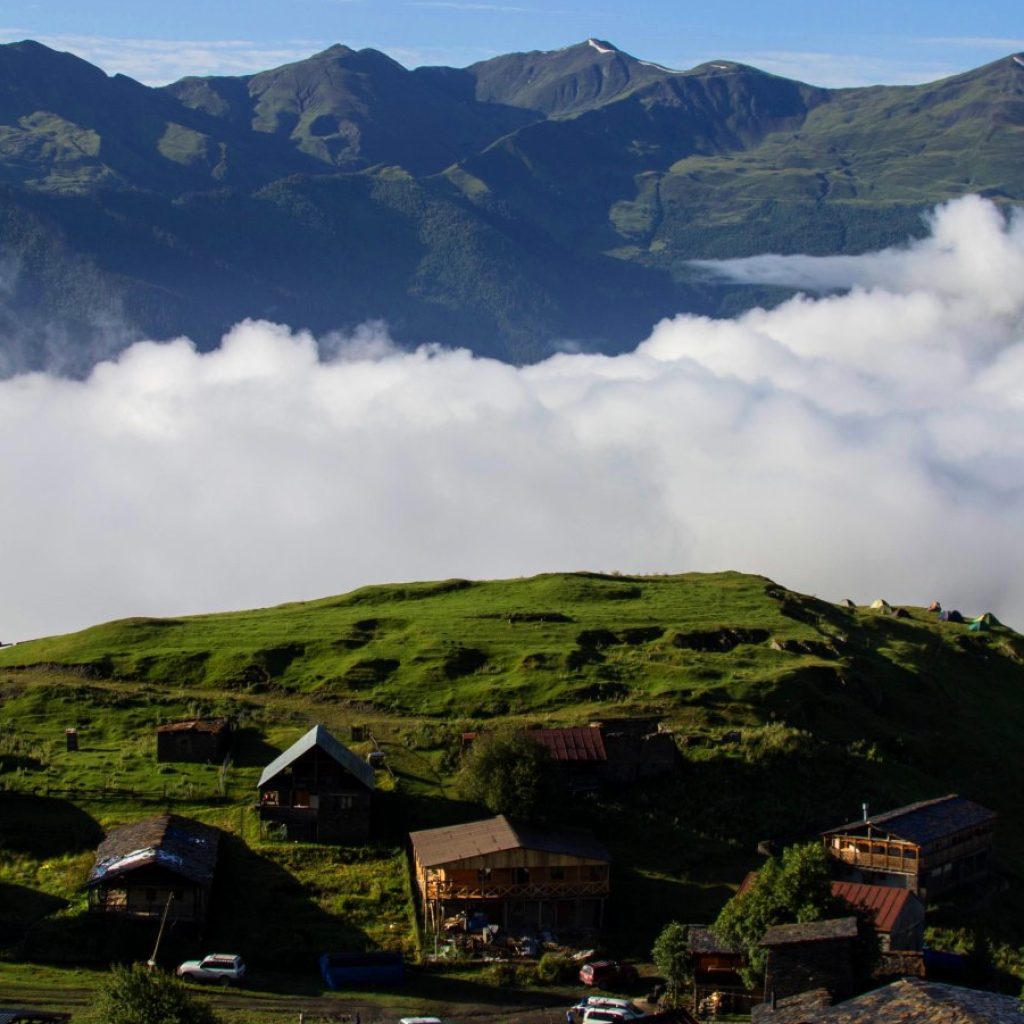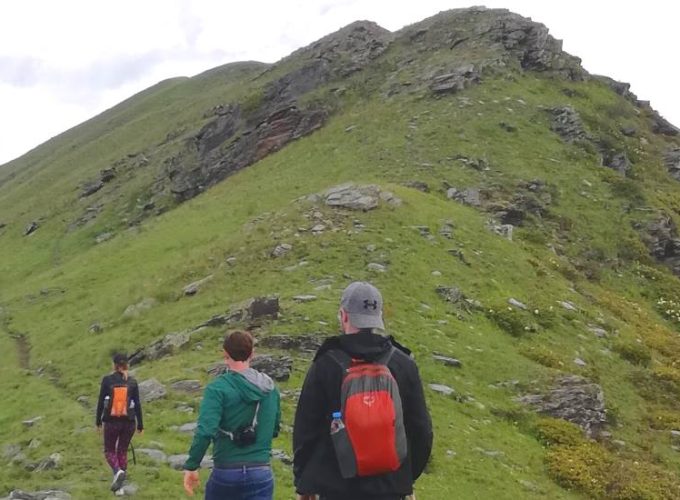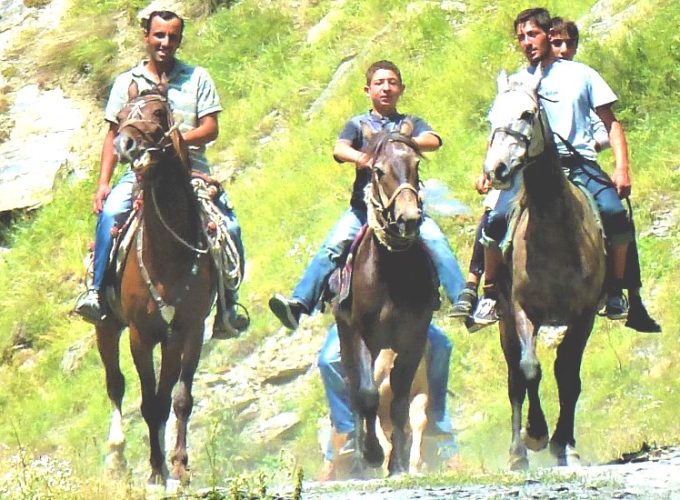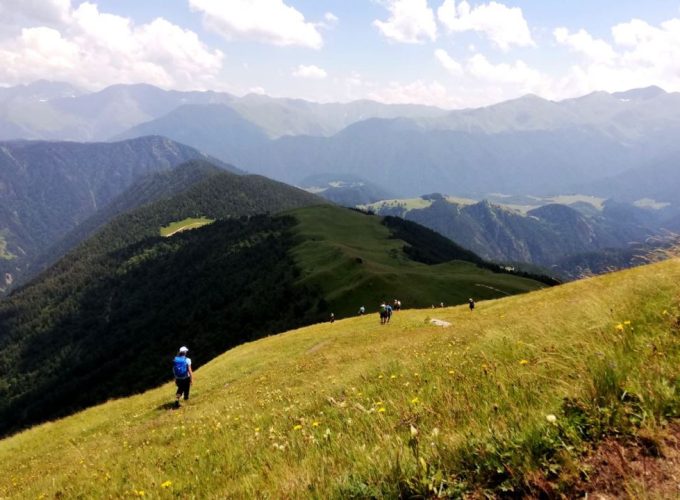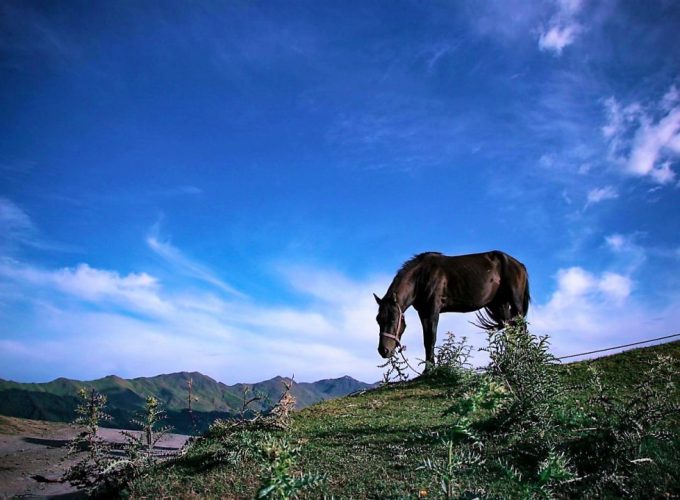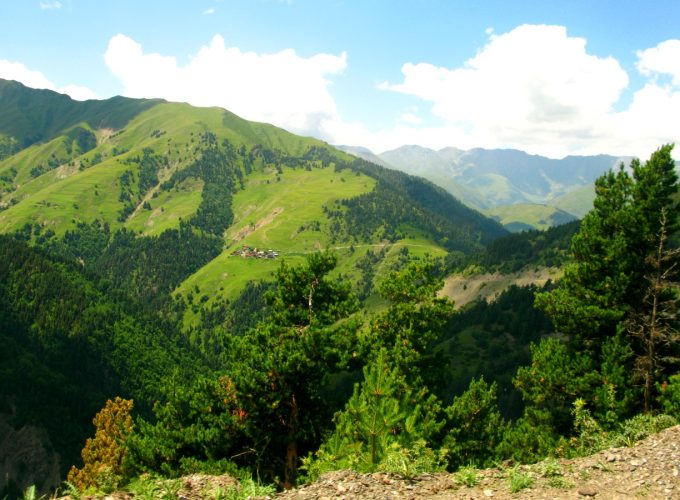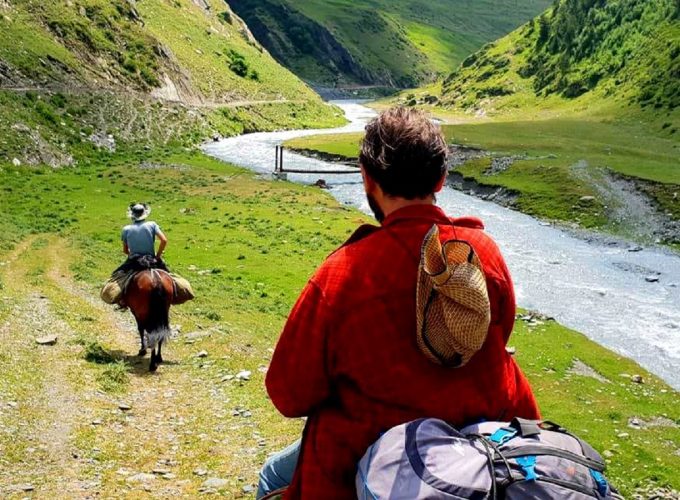Nestled in the heart of Georgia’s Kakheti region, Tusheti stands as a testament to the country’s rich history, breathtaking landscapes, and vibrant cultural heritage. This high-mountain region, ranging from 900 to 4800 meters above sea level, is a true haven for nature enthusiasts, history buffs, and adventure seekers alike. In this comprehensive guide, we delve into the allure of Tusheti, from its captivating history to the unique experiences it offers to travelers.
Tusheti’s Rich History
Ancient Roots
Believed to have been inhabited since the Bronze Age, Tusheti has a storied past dating back to the 12th century BC. The Tush people, an ethnic subgroup of Georgians, have called this region home for centuries, maintaining their distinct identity and culture.
Medieval Trials
The Christianization of the Iberian Kingdom in the 4th century led the highlanders, including the Tush people, to seek refuge in the uninhabited mountains. Tamerlane’s military campaigns in the 14th century brought significant challenges, leading to the partial depopulation of the region.
Shifting Powers
With the collapse of the unified Georgian Kingdom in the 1460s, Tusheti fell under the control of Kakhetian kings. The 16th-17th century witnessed raids from neighboring Dagestan and Chechnya, but Tusheti’s allegiance to the Russian empire during the Great Caucasian War in the mid-19th century marked a turning point.
Socio-Economic Shifts
The 20th century saw Tusheti facing socio-economic hardships, leading to migration. However, government initiatives in recent decades aim to restore the region’s cultural heritage, making Tusheti a captivating destination for modern-day explorers.
Why Travel to Tusheti?
Nature’s Bounty
Tusheti’s landscape, with its snow-capped peaks, pine forests, and pristine pastures, beckons nature lovers. Home to rare wildlife such as Caucasian turs, brown bears, wolves, and lynxes, Tusheti offers a glimpse into Georgia’s diverse ecosystems.
Cultural Richness
Immerse yourself in Tusheti’s rich cultural heritage, expressed through traditional architecture, music, dance, and festivals. The Tush people have preserved their unique language and traditions, providing a rare opportunity to witness centuries-old practices.
Adventure Awaits
For adventurous souls, Tusheti offers a playground of activities, including hiking, horseback riding, mountaineering, and camping. The rugged terrain and remote location promise a challenging yet rewarding experience off the beaten path.
Authentic Experiences
Unlike heavily touristed destinations, Tusheti remains largely untouched, offering visitors an authentic experience of a way of life that has stood the test of time. The warm hospitality of the Tush people, known for welcoming guests into their homes, adds an extra layer of authenticity.
Culinary Delights
Indulge in Tushetian cuisine, rooted in the region’s pastoral traditions. From khinkali and khachapuri to the famous “guda cheese” aged in sheepskins, Tusheti’s culinary offerings provide a unique taste of Georgia.
Tusheti’s Unique Attractions
Tushetian Architecture
The traditional architecture of Tusheti reflects the region’s mountainous environment. Characterized by the use of local materials, functional design, and decorative elements, Tushetian architecture stands as a testament to the adaptive skills of the Tush people.
Tusheti Road: A Thrilling Journey
Renowned as one of Georgia’s most challenging drives, the road to Tusheti is a winding adventure through the high Caucasus mountains. Starting from the village of Omalo, the 70 km journey offers breathtaking views of Dartlo, Shenako, and Diklo. Due to its nature, hiring a local driver with a 4×4 vehicle is recommended.
Oreti Lake: Nature’s Beauty
Situated at 2650 meters above sea level, Oreti Lake is a stunning jewel within Tusheti’s protected area. Rhododendron flowering in mid-June to mid-July paints the landscape, making it a must-visit during this period.
One-day Hiking Tours
For hiking enthusiasts, Tusheti offers one-day hiking tours, providing an opportunity to explore the region’s stunning natural beauty and unique cultural heritage.
Planning Your Tusheti Adventure
Road Conditions and Safety
The road to Tusheti is known for its challenges, with closures and delays due to weather conditions. It is advisable to hire a local driver familiar with the terrain for a safe and enjoyable journey.
Best Time to Visit
Consider visiting Tusheti during the warmer months when the road is open, typically from late spring to early autumn. This ensures access to the full range of attractions and activities.
Accommodations
While Tusheti remains relatively untouched by mass tourism, accommodations are available, ranging from guesthouses to more rustic options, providing an immersive experience in the heart of the region.
In Conclusion
Tusheti, with its rich history, diverse landscapes, and authentic experiences, beckons travelers seeking a unique adventure off the beaten path. Whether you’re captivated by cultural heritage, drawn to nature’s beauty, or yearning for an adrenaline-fueled escape, Tusheti offers a tapestry of experiences that will leave an indelible mark on your travel memories.

